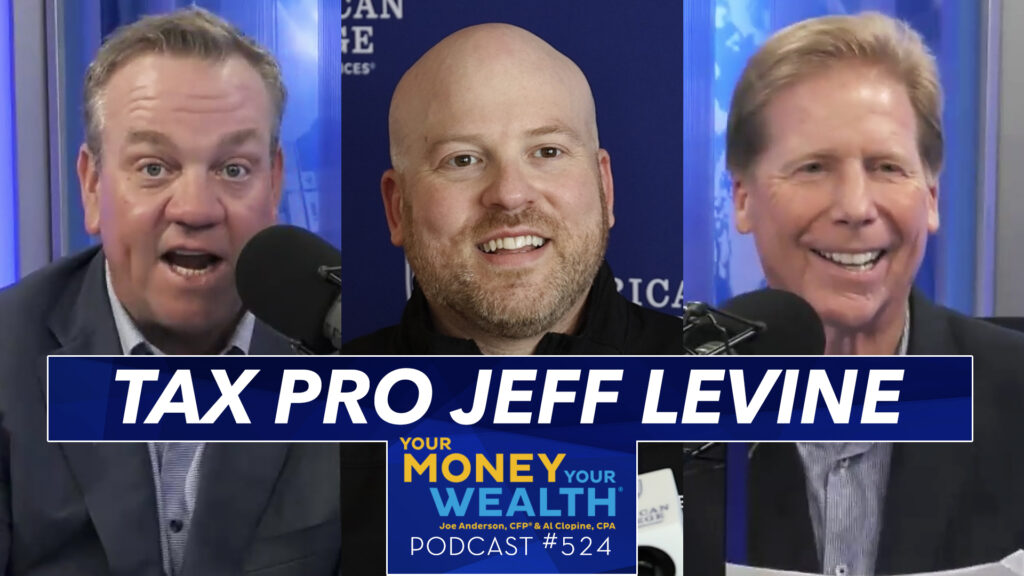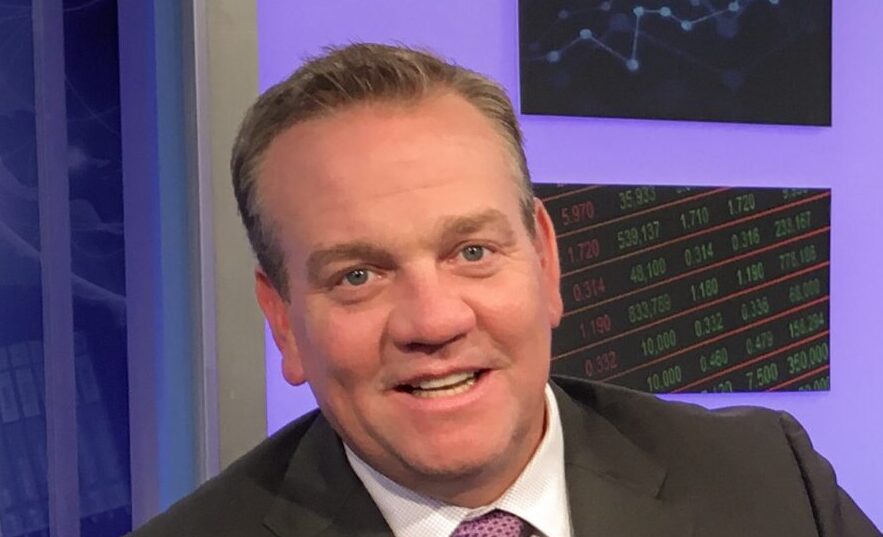How to Outsmart the Tax Code: Roth Conversions, Social Security, and Retirement Strategies That Actually Work

If you’re planning for retirement or already navigating it, the choices you make now around taxes, income, and estate planning could shape your future financial freedom. That’s why I sat in on a recent session with financial expert Jeffrey Levine, where we dug into everything from Roth conversions to the real future of Social Security.
Here’s what you need to know if you want to outsmart the tax code and retire on your terms.
The Tax Cuts Countdown: What Happens After 2025?
First, let’s talk tax policy. The Tax Cuts and Jobs Act of 2017 is set to expire at the end of 2025. Will everything change? Not likely.
According to Levine, most provisions will probably stick around in similar form, especially under a consistent administration. The big question marks include whether Congress will lift the SALT cap, expand the child tax credit, or implement new tax-free zones for things like overtime and Social Security.
The takeaway? Don’t panic—but plan. When tax rules are stable, that’s your window to take advantage of strategies like Roth conversions and estate planning with confidence.
The Roth Conversion Sweet Spot
Roth conversions are one of the most underused tools in tax-efficient retirement planning. Why? Because people often miss the best time to convert: the years between retirement and when required minimum distributions (RMDs) kick in at age 73.
These low-income years are golden. You can convert traditional IRA funds to Roth at a lower tax rate, giving those dollars decades of tax-free growth. And spreading conversions out over several years can minimize your lifetime tax bill.
Levine stressed this: If you expect to be in a higher tax bracket later—thanks to Social Security, pensions, or investment income—convert while you’re still in a lower bracket.
Inherited IRAs Just Got Trickier
The Secure Act 2.0 changed the game for inherited IRAs. Most non-spouse beneficiaries now have to empty those accounts within 10 years, eliminating the old “stretch IRA” strategy.
For parents planning their legacy, this means more thought must go into whether you want to leave behind a tax burden or a tax-efficient gift. Roth IRAs can still be powerful here—beneficiaries get 10 years of tax-free growth, and they can time withdrawals to minimize tax hits.
If minors inherit, they get some breathing room: the 10-year clock doesn’t start until they turn 21, but they must still take annual RMDs in the meantime.
Will Social Security Still Be There?
Levine was surprisingly reassuring. If you’re close to or already receiving Social Security, your benefits are safe.
Younger folks? Well, some tweaks are likely—later eligibility, higher payroll taxes, maybe means testing. But wholesale cuts? Highly unlikely. The last major fix in 1983 gave the program 50 years of solvency. With the current trust fund projected to deplete by 2031-2033, Washington will have to act soon.
It may not be graceful, but it won’t be catastrophic.
RMD Strategy: Timing Is Everything
When should you take your RMDs? Opinions vary, but Big Al and Joe recommend taking them early in the year. Why?
- It gives your taxable account more time to grow.
- It aligns with other tax-saving strategies like qualified charitable distributions (QCDs).
- It helps avoid late-year surprises with taxes.
But if you’re trying to minimize estimated tax payments, December withdrawals might be a better fit. Your timing should match your cash flow needs and tax strategy.
Bracket Management: Roth Conversions Without Regret
Don’t just convert—convert wisely. Joe explained how to use last year’s tax return to estimate how much room you have in your bracket. For example, a single filer topping out the 24% bracket should aim to stay under $197,000 in taxable income.
And remember: crossing a bracket threshold doesn’t mean your entire income gets taxed more—only the dollars over the line are taxed at the higher rate.
This kind of precision planning helps you convert just the right amount to avoid big tax surprises later.
Estate Planning: Avoiding Probate and Protecting Minors
Esther from San Francisco raised a great point—how can minors inherit an IRA without going through probate and still qualify for delayed distributions?
Big Al explained that proper beneficiary designations are the key. If the IRA names the child directly (rather than routing through a will), it avoids probate and keeps the 10-year clock from starting too soon.
But don’t stop there—make sure your entire estate plan is aligned with your tax strategy and family goals.
Real-Life Scenarios Make It Real
This wasn’t just a lecture. We also heard from listeners like Judy in San Diego, DH in South County, and Joel from California. Whether it was timing RMDs, figuring out how much Roth to leave behind, or quarterly tax management, the message was clear:
Your plan must fit your life.
Whether you’re staring down retirement or just starting to think about it, the key is clarity and action. Taxes may be uncertain, but your strategy doesn’t have to be.
If you’re ready to make moves—especially while today’s tax rules are still in place—now’s the time.
Intended for educational purposes only. Opinions expressed are not intended as investment advice or to predict future performance. Past performance does not guarantee future results. Neither the information presented, nor any opinion expressed constitutes a solicitation for the purchase or sale of any security. Consult your financial professional before making any investment decisions. Opinions expressed are subject to change without notice.
IMPORTANT DISCLOSURES:
• Investment Advisory and Financial Planning Services are offered through Pure Financial Advisors, LLC. A Registered Investment Advisor.
• Pure Financial Advisors, LLC. does not offer tax or legal advice. Consult with a tax advisor or attorney regarding specific situations.
• Opinions expressed are subject to change without notice and are not intended as investment advice or to predict future performance.
• Investing involves risk including the potential loss of principal. No investment strategy can guarantee a profit or protect against loss in periods of declining values.
• All information is believed to be from reliable sources; however, we make no representation as to its completeness or accuracy.
• Intended for educational purposes only and are not intended as individualized advice or a guarantee that you will achieve a desired result. Before implementing any strategies discussed you should consult your tax and financial advisors.







